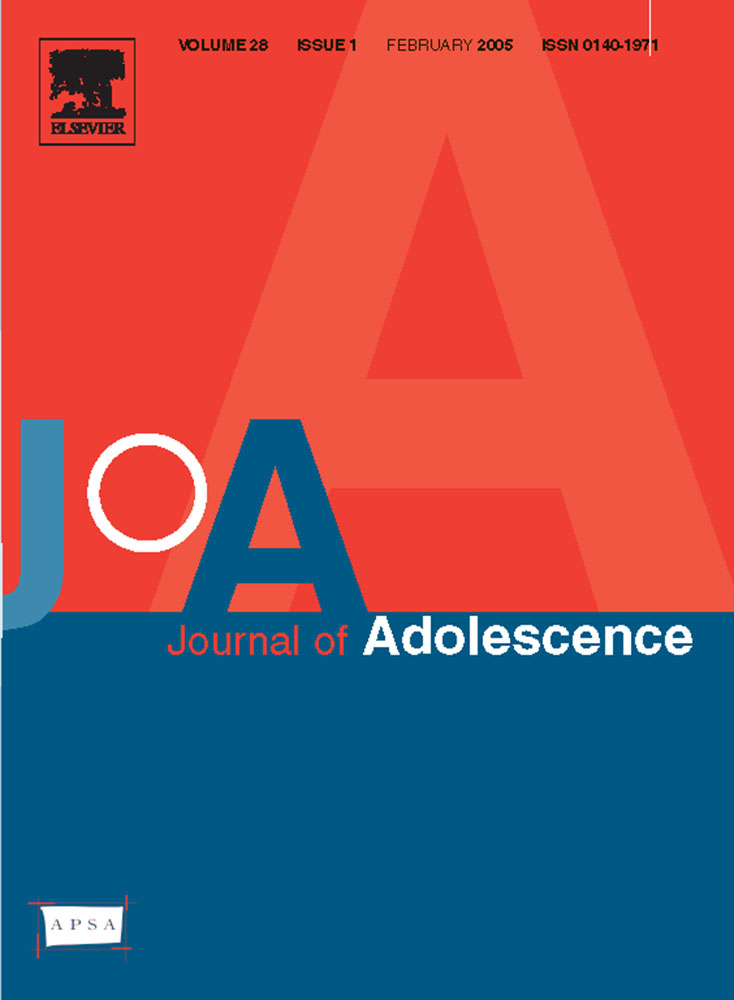Brief report: Psychological characteristics of less severe forms of eating disorders: an epidemiological study among 259 female adolescents
Abstract
We screened a sample of 259 female students, aged 17–20 years old, by means of the Eating Disorder Inventory 2 (EDI 2) and the General Health Questionnaire (GHQ-28). Those students identified to be at risk for an eating disorder underwent a semi-structured interview to provide a diagnosis according to DSM-IV criteria. We also considered the prevalence of “not full-blown diagnosis”. We found two cases of full-syndrome (0.77%), both bulimics, 9 partial-syndrome bulimia nervosa (3.47%) and 1 of partial-syndrome binge eating disorder (0.38%). Moreover, 18 (6.94%) girls met the criteria for subclinical-syndrome, of which the majority was subclinical anorexia (5.79%). We did not find statistically relevant differences between the anorexic and the bulimic samples on the psychological characteristics measured by the EDI 2 subscales. These findings suggest the hypothesis that anorexia and bulimia could have the same psychopathological core and bulimia could be considered as a “failed” anorexia.




